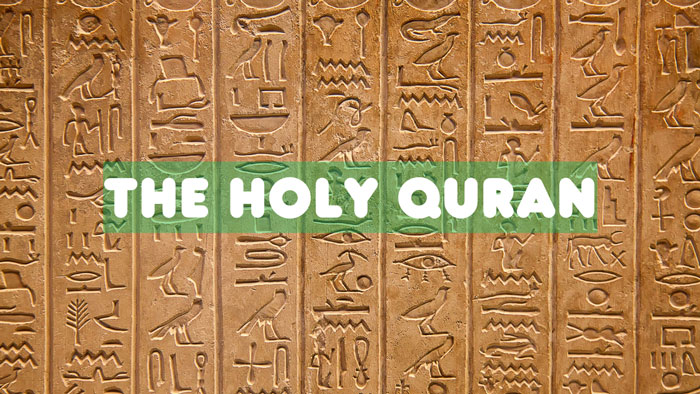Authenticity of the Quran Through Decoding of Hieroglyphic Writings
The Quran states that the heavens did not weep for the Pharaohs: “So neither the heavens nor the earth wept for them, nor were they given respite” (Surah Ad-Dukhan, verse 29). Some critics of the Quran claim that no one in history has ever said that the heavens wept for the Pharaohs. They then conclude that Muhammad, the author of the Quran (according to their belief), made an error. However, modern Egyptologists have discovered ancient writings in hieroglyphs (dating back 3,000 years before Christ) that demonstrate the truth of the Quran.
The Precedence of Deciphering Hieroglyphics
The knowledge of how to decipher Egyptian hieroglyphs is less than 200 years old, and 1,400 years ago, no one was aware of Egyptian hieroglyphics. With the final closure of the pagan temples in the fifth century AD, the knowledge of hieroglyphic writing was lost. Although attempts were made to understand it, the script remained undeciphered until the Middle Ages and the early modern period. Eventually, the decoding of hieroglyphs was achieved in the 1820s by Jean-François Champollion, with the help of the Rosetta Stone (Wikipedia, Egyptian Hieroglyphs, 2020).

When hieroglyphs were finally deciphered, it became clear how the Egyptians mourned their Pharaohs. One of the Pyramid Texts, which describes the dead Pharaoh’s struggle for dominion in the heavens, states: “The sky weeps, the stars tremble, the guards of the gods are fearful, and their servants flee when they see the king rising as a soul and a god who lives over his fathers and controls his mothers.” (C.G. Jung, Symbols of Transformation, Vol. 5, p. 1757).
This text mentions that “the sky weeps for the dead Pharaoh.” This discovery was made recently, but the Qur’an mentioned this fact 1,400 years ago when it responded to the mourning Egyptians:
“So neither the heavens nor the earth wept for them, nor were they given respite” (Surah Ad-Dukhan, verse 29).

